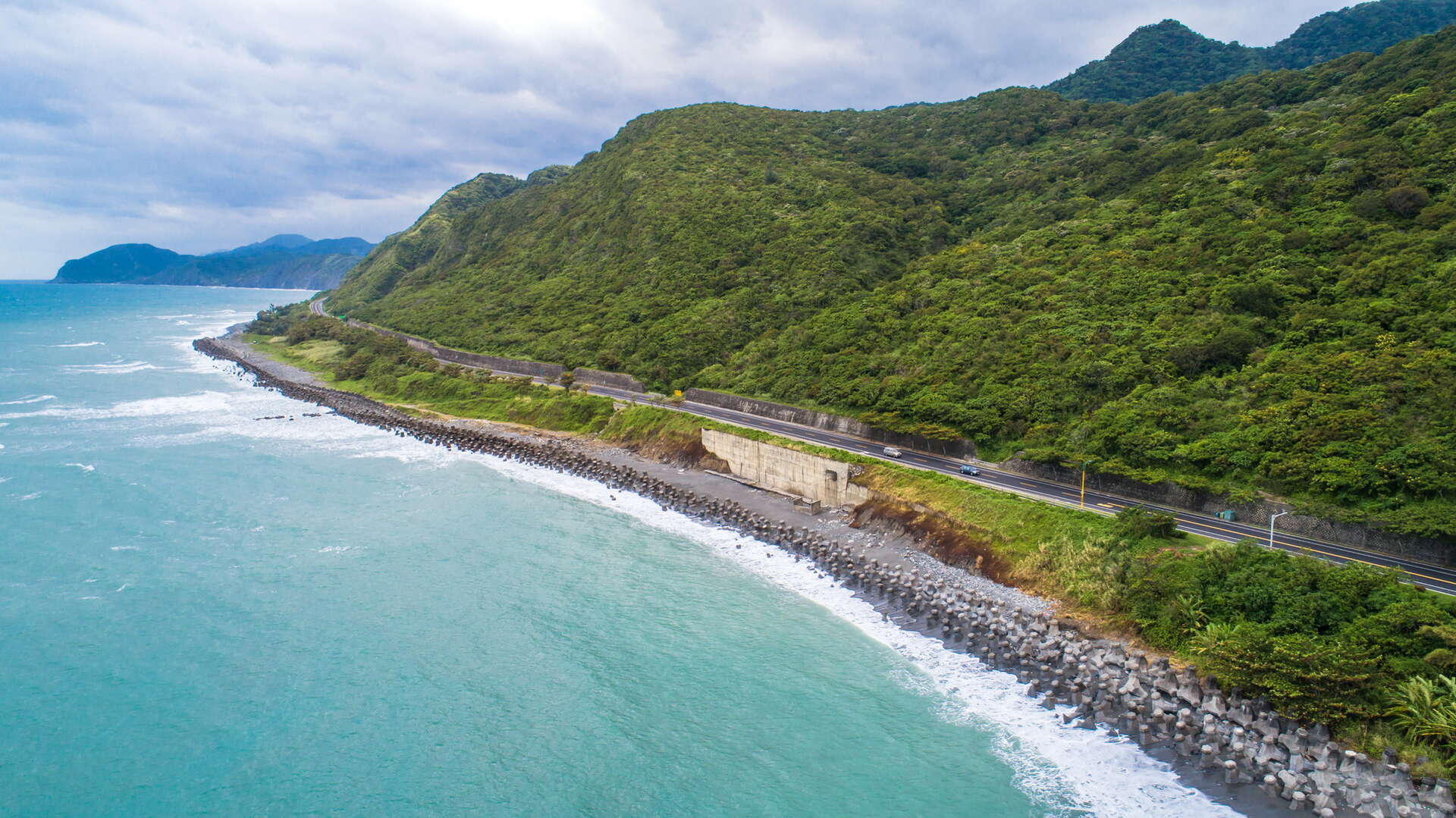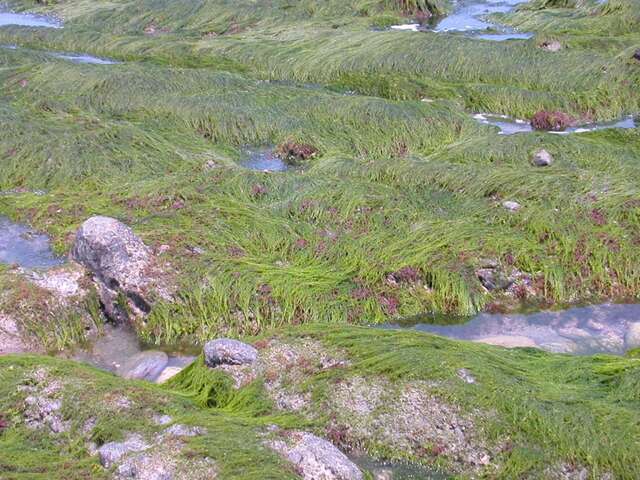Yanliao
Updated:2022-12-05
Popularity
4638Fun activities
- The longest stretch of gravel beach in Taiwan
- Taste delicious seafood
- Visit the summer-only exotic Ocean Home Wild Market
Feature
- Yanliao intertidal zoneYanliao intertidal zoneOn the coast in front of Henan Temple, there is a 300-meter wide marine bench composed mainly of volcanic agglomerates. The hard and dense rock has been continuously washed by sea water and carved by sand, gravel, and wind. As a result, the softer, sedimentary rock was eroded to form small tide pools, while the gaps formed by gravels in the tide pools became a haven for coastal creatures. The green algae, brown algae, red algae thriving here become a rich food source for shellfish. The warm Kuroshio and cold continental coastal currents bring abundant marine life. Research shows that there are nearly a hundred species here in the intertidal zone.
- Yanliao Boat BasinYanliao Boat BasinYanliao Boat Basin, also known as Ganzaishu Harbor, is a quiet little fishing village where the main stream of Kuroshio of the Pacific Ocean passes through. It is rich in migratory and benthic fish resources.
Following the construction of the breakwater, the coastal sand drifting mechanism was changed and became imbalanced, which led to serious silting on the north side of the north dike and accidentally created a beach.
The breakwater and wave-absorbing blocks of the fishing port are the favorite fishing grounds for sea fishing enthusiasts. Walking barefoot on the beach in the evening or early morning and feeling the tide on your feet is the most beautiful encounter and the gentlest contact with the sea one can find. - EcologyEcologyIn the waters near Taiwan, the warm Kuroshio and the cold continental coastal currents pass through, bringing abundant marine life and forming beautiful and colorful coastal landscapes here.
Coming down to the beach from Henan Temple, you will immediately see the 300-meter wide marine bench. On the platform there are many small tide pools. Coastal creatures live in the gravel cracks in the tide pools; while the thriving green algae, brown algae, and red algae serve as a rich food source for shellfish. - GeologyGeologyYanliao is best known for having the longest stretch of gravel beach in Taiwan. It is also the best place to learn about rocks along the coast of Taiwan. The gravels on the beach came from many types of rocks. The metamorphic rocks from the Central Range have travelled thousands of miles to here, and together with the sedimentary rocks and igneous rocks of the Coastal Range, form the wonderful geological landscape.
Details
Yanliao Village is in Shoufeng Township, Hualien. It has the longest stretch of gravel beach in Taiwan. The name, Yanliao ("salt house" in Chinese), originated from the salt making houses here during the period of Japanese rule. In recent years, during summer, craft artists and backpackers gather here for the Ocean Home Wild Market where various handcraft goods and activities such as Tarot card reading and discussions of public issues are held.
B&Bs with local characters can also be found here. Have a cup of coffee with seaside view and enjoy a quiet afternoon. Or ride a bike along the coast and stop for a great seafood meal on the way.

Yanliao Tribes
Yanliao tribes include the three tribes of Dakeng, Tomay, and Ganzaishujiao. Tomay is formed by the Lidaw Amis, who hunted bears here in the past and therefore the name Tomay (Bear Mountain). The other two tribes are Xiuguluan Amis.
B&Bs with local characters can also be found here. Have a cup of coffee with seaside view and enjoy a quiet afternoon. Or ride a bike along the coast and stop for a great seafood meal on the way.

Yanliao Tribes
Yanliao tribes include the three tribes of Dakeng, Tomay, and Ganzaishujiao. Tomay is formed by the Lidaw Amis, who hunted bears here in the past and therefore the name Tomay (Bear Mountain). The other two tribes are Xiuguluan Amis.
Information
Open Time
/Always open.
Facilities
- Parking lot
- Toilets
- View Point
- Trail
How to Get There
Choose a transportation method based on your departure location. Remind
1. You are kindly reminded that, when visiting, please help protect the beautiful environment. Do not pick up rocks and shells on the beach, litter, or destroy coral reefs.
2. It is very hot in summer. Be sure to wear protection.
3. During typhoon or extreme weather conditions, do not get close to the shore or enter the water.
4. It is recommended that you visit the intertidal zone during the lowest tide which occur two days before and after the first and fifteenth of each month on the lunar calendar. Always pay attention to the sea tide or undercurrent around you, and watch out for your own safety.
2. It is very hot in summer. Be sure to wear protection.
3. During typhoon or extreme weather conditions, do not get close to the shore or enter the water.
4. It is recommended that you visit the intertidal zone during the lowest tide which occur two days before and after the first and fifteenth of each month on the lunar calendar. Always pay attention to the sea tide or undercurrent around you, and watch out for your own safety.




